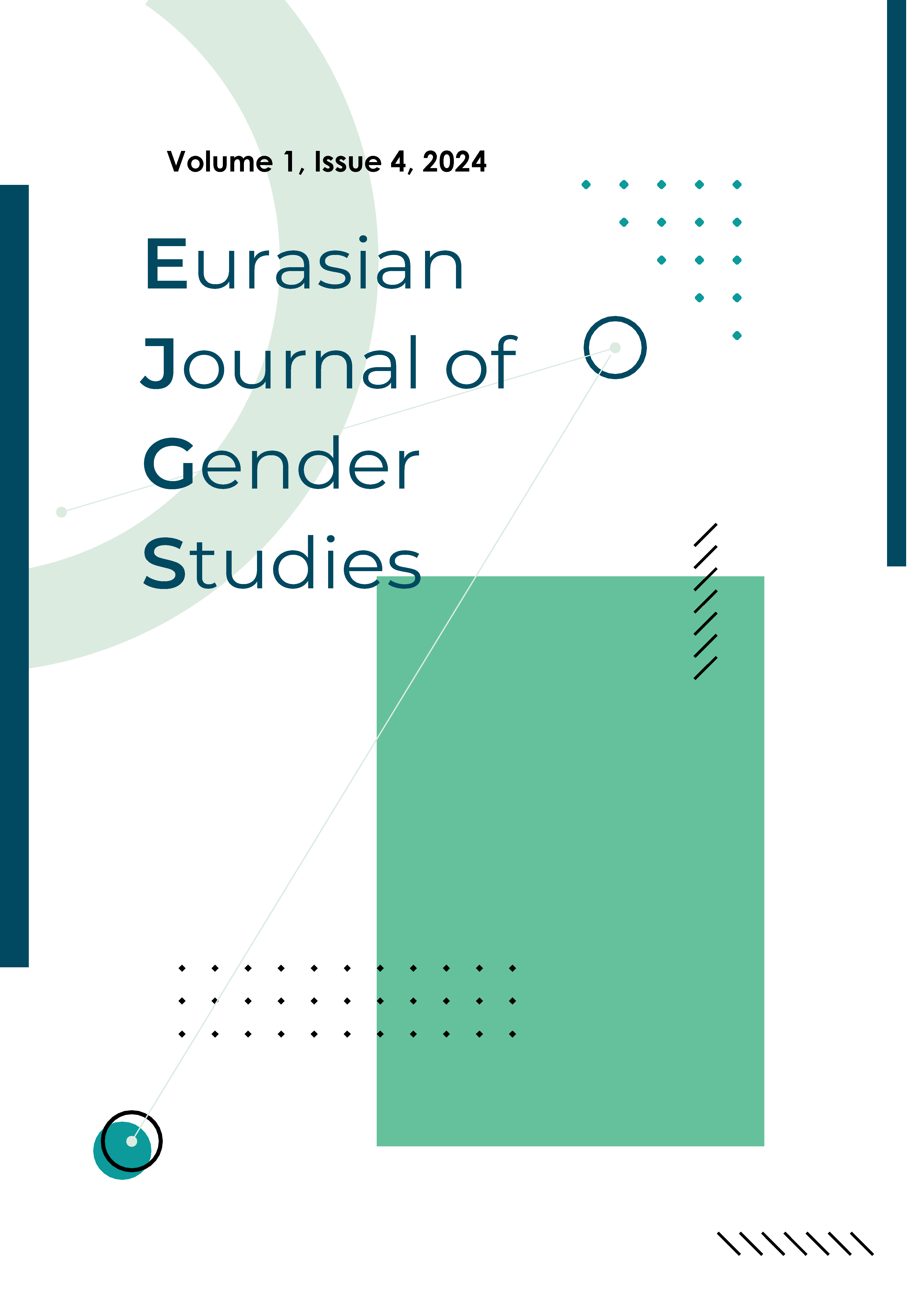Child Poverty and Educational Access: A Gender Perspective in Kazakhstan
DOI:
https://doi.org/10.47703/ejgs.v1i4.19Keywords:
Gender Equality, Women Empowerment, Household Income, Gender Stereotypes, Sociocultural Barriers, Child Poverty, EducationAbstract
Access to education for girls is among the global challenges strongly linked to poverty reduction, economic development, and social equity. Despite progress in narrowing gender disparities, significant gaps persist in regions where economic and demographic pressures prevail. In Kazakhstan, these challenges are compounded by uneven access to education, income disparities, and demographic dynamics. The current study explored the socio-economic and demographic factors influencing poverty levels and access to education. Six hypotheses were developed to analyze relationships between demographic structures, household income and expenditures, and educational access focusing on girls. Multivariate and univariate analyses assessed their impact on poverty depth and severity, preschool and secondary education coverage, and enrollment rates. The findings revealed that boys aged 0–14 significantly influenced poverty levels, while girls in the same age group showed no comparable effect. This reflects societal norms prioritizing boys’ education due to their perceived role as breadwinners, while girls are often deprioritized. Household income was also confirmed as a key determinant of access to education, particularly at the primary level, which forms the foundation for future opportunities. The results highlight the necessity of establishing strong social values and institutions that promote gender equality and women’s empowerment. The absence of such an environment hinders progress toward achieving the goals of gender equality.
Downloads
Published
How to Cite
Issue
Section
License
Copyright (c) 2025 Eurasian Journal of Gender Studies

This work is licensed under a Creative Commons Attribution 4.0 International License.

